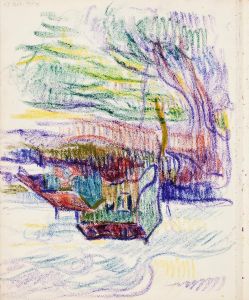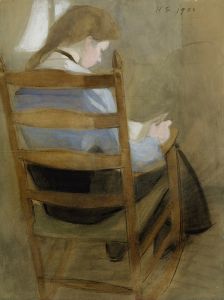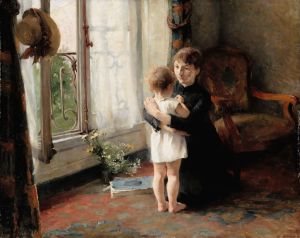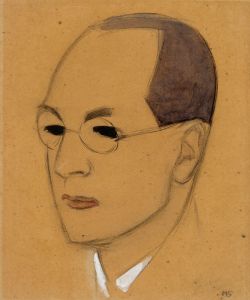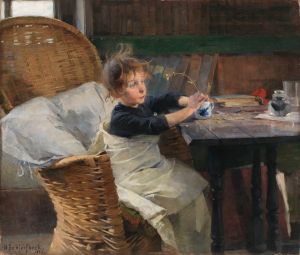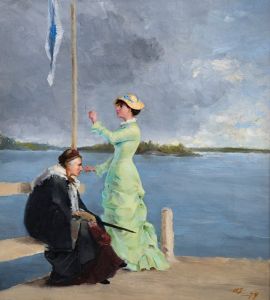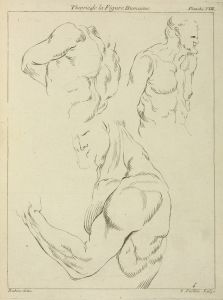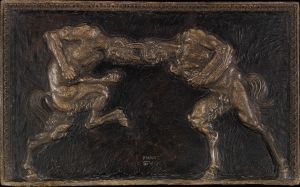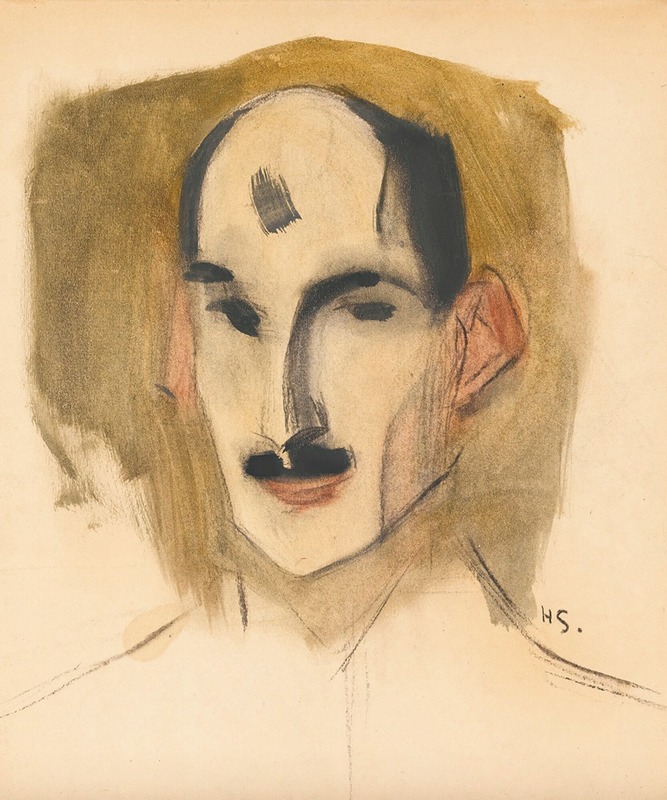
The Fencer
A hand-painted replica of Helene Schjerfbeck’s masterpiece The Fencer, meticulously crafted by professional artists to capture the true essence of the original. Each piece is created with museum-quality canvas and rare mineral pigments, carefully painted by experienced artists with delicate brushstrokes and rich, layered colors to perfectly recreate the texture of the original artwork. Unlike machine-printed reproductions, this hand-painted version brings the painting to life, infused with the artist’s emotions and skill in every stroke. Whether for personal collection or home decoration, it instantly elevates the artistic atmosphere of any space.
Helene Schjerfbeck's The Fencer is a painting created by the Finnish artist Helene Schjerfbeck (1862–1946), one of Finland's most renowned modernist painters. The work is believed to have been completed in 1924, during a period when Schjerfbeck was exploring themes of isolation, introspection, and the human figure. The painting depicts a fencer, dressed in traditional fencing attire, including a mask and protective clothing, holding a fencing foil. The figure is rendered with Schjerfbeck's characteristic minimalist style, emphasizing form and composition over intricate detail.
Schjerfbeck's approach to art evolved significantly over her career, moving from naturalistic and academic styles in her early years to a more modernist and abstract approach later in life. The Fencer reflects this later phase, where she focused on simplifying forms and using muted color palettes to convey mood and emotion. The painting is notable for its stark contrasts and the way Schjerfbeck uses light and shadow to create a sense of depth and tension. The figure of the fencer is both dynamic and static, capturing a moment of stillness that suggests both physical and psychological preparation.
The painting is part of Schjerfbeck's broader exploration of the human figure, which she often used as a means to delve into themes of identity, vulnerability, and strength. While The Fencer is not as widely known as some of her other works, such as The Convalescent or her series of self-portraits, it remains an important example of her ability to convey complex emotions through simplicity and restraint.
Today, The Fencer is held in the collection of the Finnish National Gallery, specifically at the Ateneum Art Museum in Helsinki, Finland. The museum houses a significant number of Schjerfbeck's works, showcasing her development as an artist and her contributions to Finnish and European modernism.
Schjerfbeck's legacy continues to be celebrated for her innovative approach to portraiture and her ability to capture the essence of her subjects with minimalistic yet evocative techniques. The Fencer stands as a testament to her skill in combining the physical and psychological dimensions of her subjects, making it a compelling piece within her body of work.





